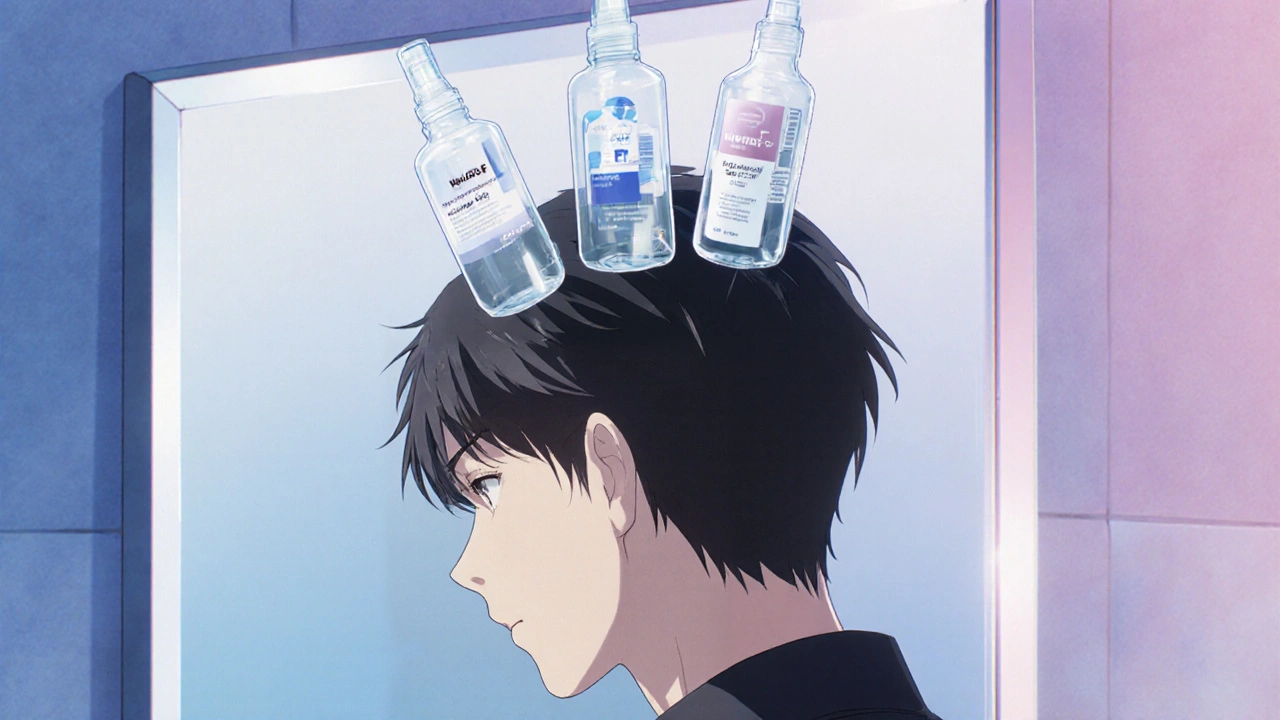Minoxidil – Everything You Need to Know About the Hair‑Loss Solution
When working with Minoxidil, a topical vasodilator that stimulates hair regrowth in pattern baldness, you’re dealing with a drug that has moved from blood‑pressure medicine to a staple on many bathroom shelves. Also known as Rogaine, it works by widening the blood vessels in the scalp, letting more oxygen and nutrients reach the hair follicles. This simple action is the core of one of the few FDA‑approved over‑the‑counter treatments for alopecia, specifically androgenic alopecia, the most common form of hair loss in men and women.
The success of Minoxidil hinges on a few related concepts. First, hair growth, which follows a cycle of anagen (growth), catagen (transition), and telogen (rest). By extending the anagen phase, Minoxidil helps existing follicles stay active longer. Second, the method of delivery matters: as a topical treatment, it must be applied directly to the scalp twice daily, allowing the active ingredient to act locally without systemic side effects. Third, many users pair Minoxidil with finasteride, an oral 5‑alpha‑reductase inhibitor, to block the hormone DHT that shrinks follicles. Understanding how these entities interact—Minoxidil improves blood flow, finasteride reduces hormonal attack—creates a more complete strategy for tackling hair loss. Minoxidil alone can deliver visible regrowth in as little as three months, but consistency, proper scalp preparation, and realistic expectations are crucial.
Key Factors to Consider Before Starting
Before you add Minoxidil to your routine, think about dosage form, concentration, and potential side effects. The most common strengths are 2% for women and 5% for men; the higher concentration often yields quicker results but may increase scalp irritation. Always start with a patch test: apply a tiny amount to a discreet area of skin and wait 24 hours. If redness or itching occurs, consider a lower concentration or a moisturizer to buffer the irritation. Timing matters too—apply on a clean, dry scalp, ideally after showering, and let it dry fully before using styling products or going to bed. Avoid using other heavy topical agents simultaneously, as they can dilute Minoxidil’s efficacy.
Another practical tip: track progress with photos taken every four weeks under the same lighting conditions. This visual log helps you see subtle changes and decide whether to continue, adjust concentration, or add complementary therapies like finasteride or low‑level laser devices. Finally, remember that Minoxidil does not cure alopecia; it merely sustains existing hair and can rekindle dormant follicles. If you stop using it, any new growth will typically shed within a few months. For long‑term success, integrate Minoxidil into a broader hair‑care plan that includes gentle shampoos, balanced nutrition, and, if needed, professional consultation.
With these basics covered, you’re ready to explore the detailed articles below. They break down Minoxidil’s mechanism, compare it with other treatments, discuss safety tips, and share real‑world user experiences. Dive in to find the exact guidance that matches your situation and start building a regimen that works for you.

